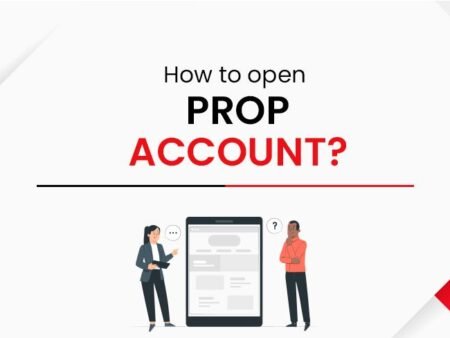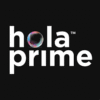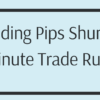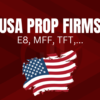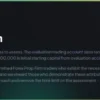In today’s discussion, we delve into the intricate world of forex trading drawdowns, a topic highly sought after by our community. We aim to demystify this concept by exploring three primary types of drawdowns: absolute, relative, and maximum drawdowns. Accompanied by examples, this overview aims to provide a clear understanding of these different types. Let’s embark on this informative journey through the various drawdown types.
Absolute Drawdown
Absolute drawdown refers to the calculation from the initial balance of a trading account to its lowest point below the starting balance. Typically, this value is represented as a percentage of the account balance. For instance, consider an account with a starting balance of $10,000 and a stipulated 10% absolute drawdown limit.
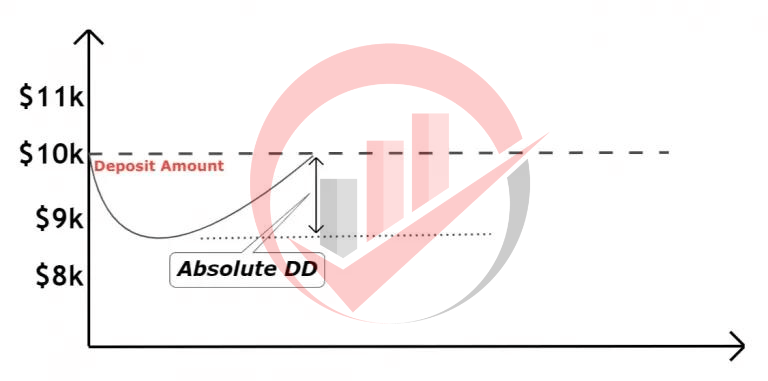
In this scenario, a drop in the account balance to below $9,000 would breach the 10% absolute drawdown threshold, indicating a loss exceeding the permissible $1,000 from the initial balance. Understanding this drawdown type is crucial for managing risks and setting realistic expectations in forex trading.
Relative Drawdown
Shifting focus to relative drawdown, this type is determined by comparing the highest equity value of a trading account with its lowest equity value. It’s a dynamic measure that adjusts with changes in account equity.
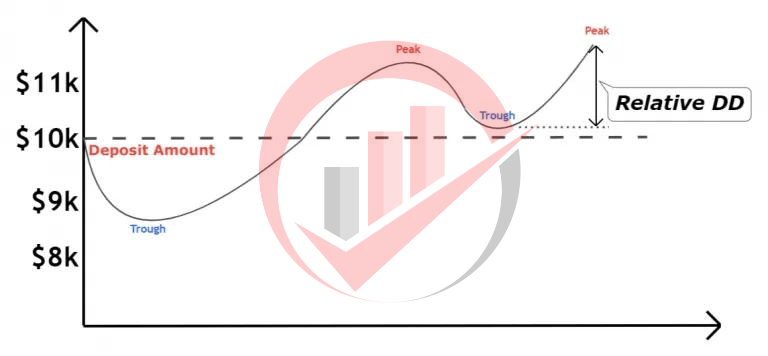
Let’s illustrate this with an example. Consider a trading account initiated with a balance of $10,000 and governed by a 10% relative drawdown rule. Initially, the relative drawdown limit is set at $1,000. Suppose the first trade results in a 2% loss, equating to $200. Despite this loss, the relative drawdown limit remains unchanged at $1,000. However, if the subsequent trade yields a $400 profit (4% of the initial balance), the account balance rises to $10,200. Consequently, the relative drawdown limit adjusts to $9,200, which is $1,000 below the new account balance of $10,200. Thus, dropping below $9,200 would indicate a breach of the updated 10% relative drawdown rule.
This type of drawdown offers a more fluid and adaptive approach to risk management, as it evolves with the account’s performance, allowing traders to gauge their risk exposure relative to their highest achieved equity.
Maximum Drawdown
The concept of maximum drawdown is pivotal in understanding risk in forex trading. It is computed by measuring the largest loss from the peak account balance down to the lowest point, relative to the initial account balance.
Consider an example where a trader begins with a $10,000 account balance, operating under a 10% maximum drawdown rule. In this case, the trader is allowed a maximum loss of $1,000 from the initial balance. Should the account value drop below $9,000, the 10% maximum drawdown limit is breached, akin to violating the absolute drawdown rule.
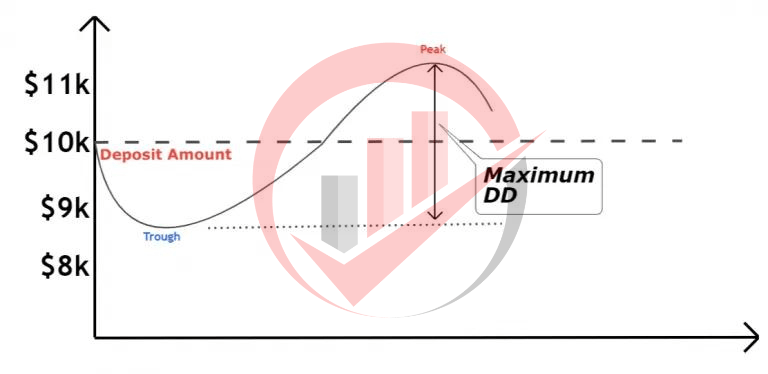
However, maximum drawdown takes into account profit increments as well. For instance, if the trader makes a profitable trade resulting in a 3% increase, or $300, the account’s new peak balance becomes $10,300. Accordingly, the maximum drawdown limit is recalculated to $1,300, which now includes the original $1,000 plus the $300 profit. Therefore, the trader can now sustain losses up to $1,300 before contravening the 10% maximum drawdown threshold.
This drawdown type offers a comprehensive view of risk tolerance, incorporating both the initial capital and accrued profits, thus providing a realistic measure of risk management over the course of trading activities.
Conclusion
In summarizing our exploration of forex trading drawdowns, we have identified and exemplified three distinct types: absolute, relative, and maximum drawdowns. These concepts play a crucial role in defining and managing the risk parameters within a trading account. It is imperative for traders to not only understand but also regularly calculate their specific type of drawdown. This vigilant approach helps in mitigating the risk of inadvertently breaching the set limits of their trading account.
We invite our readers to share their experiences and preferences in the comments section. Which type of drawdown do you find most effective or prefer to work with in your trading endeavors? Your insights could be invaluable to fellow traders navigating the complex world of forex trading.


